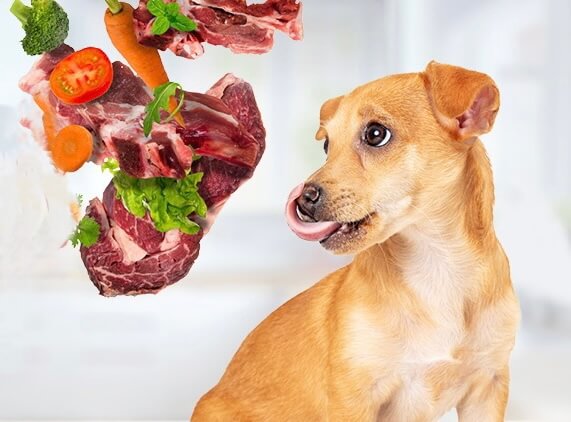Grain Free & Low Carbohydrate Foods

All dry kibble contains some carbohydrates, in the form of starches, in order to bind the cooked pieces of food together. Common carbs for kibble include wheat products, millet, rice, barley, oats, and corn.
“Grain Free” does NOT always mean low-carbohydrate. Be wary of dry dog foods marketed as “Grain Free” that are full of other starches, such as pea fiber and excess potato.
Why Does Grain Free & Low Carbohydrate Matter?
- Genetics – All domesticated cats are descended from five subspecies of wildcat, and all dogs are descended from the gray wolf. While there are numerous breeds of dogs and cats, their genetic makeup is the same as their wild ancestors’. Stated simply, canines and felines are carnivores and they require a primarily meat-based diet to thrive.
- Digestive Tract – As carnivores, dogs and cats have digestive tracts that are much shorter than those of omnivores or herbivores. Consequently, their digestive systems do not allow the necessary amount of time required to actually digest the grains.
- Carbohydrate Requirement – Unlike humans, dogs and cats do not have a carbohydrate requirement. While humans should get 45-65% of their calories from carbohydrates, dogs and cats do not require any carbohydrates to fulfill their nutritional needs. Zero!
- Protein & Fat – Dogs and cats use proteins and fats in the same way as humans use carbohydrates. Proteins should constitute the majority of your pet’s diet because they are essential to the process of healthy living in your pet’s body, including the creation of cells, enzymes, and the essential production of the amino acid taurine. Fat is where dogs and cats get most of their energy, so it is essential to a healthy diet as well.
- Immune System – A grain-filled diet can compromise the immune systems of dogs and cats because, over time, their digestive systems work too hard processing foods that are not highly digestible and are lacking the essential nutrients they need. Expecting our pets to thrive on a grain-filled diet is similar to expecting humans to thrive on a junk food diet.
How Do I Feed a Healthy, Grain Free Diet?
- The key to a healthy diet for your pet is a meat-first and meat focused diet full of protein and healthy fats. There are many quality grain free options to choose from, such as raw food diets, freeze dried raw food, gently cooked, dehydrated foods, and canned food. If choosing a kibble, look for the highest meat content and lowest starch content that is available, such as Stella & Chewy’s Raw Blend, Farmina N&D, Open Farm or Orijen.
- If feeding dry kibble, supplement with fresh meat, raw dairy, and raw or freeze dried treats whenever possible.
- When feeding a high quality, grain free diet, portion sizes are smaller due to the lack of fillers. Smaller, nutrient-dense meals provide all the vitamins and minerals your pets need.


